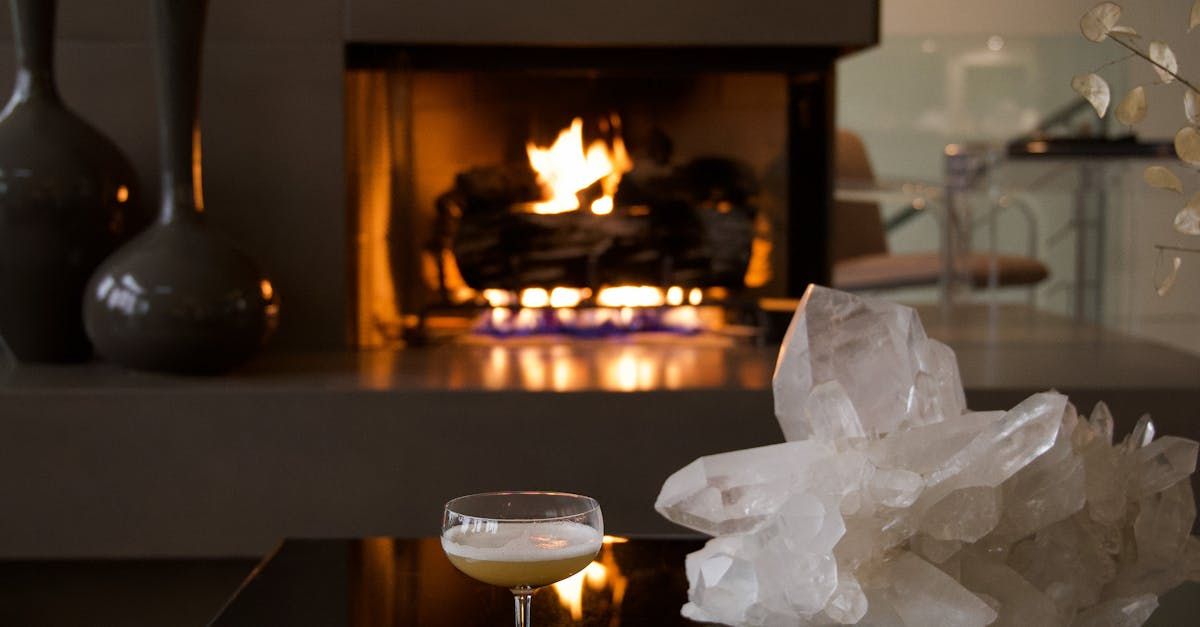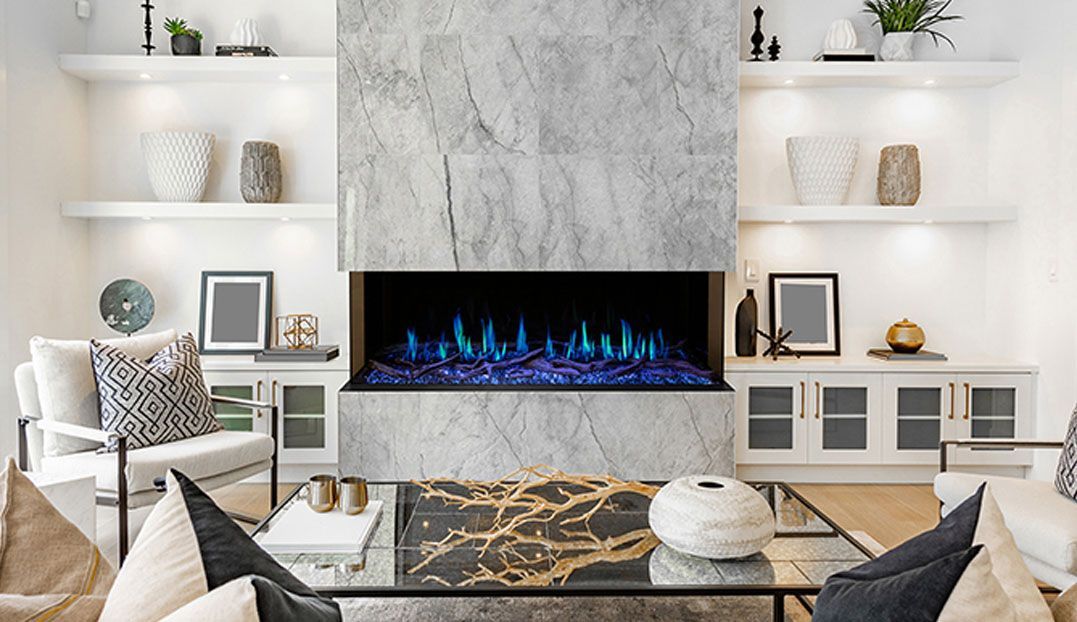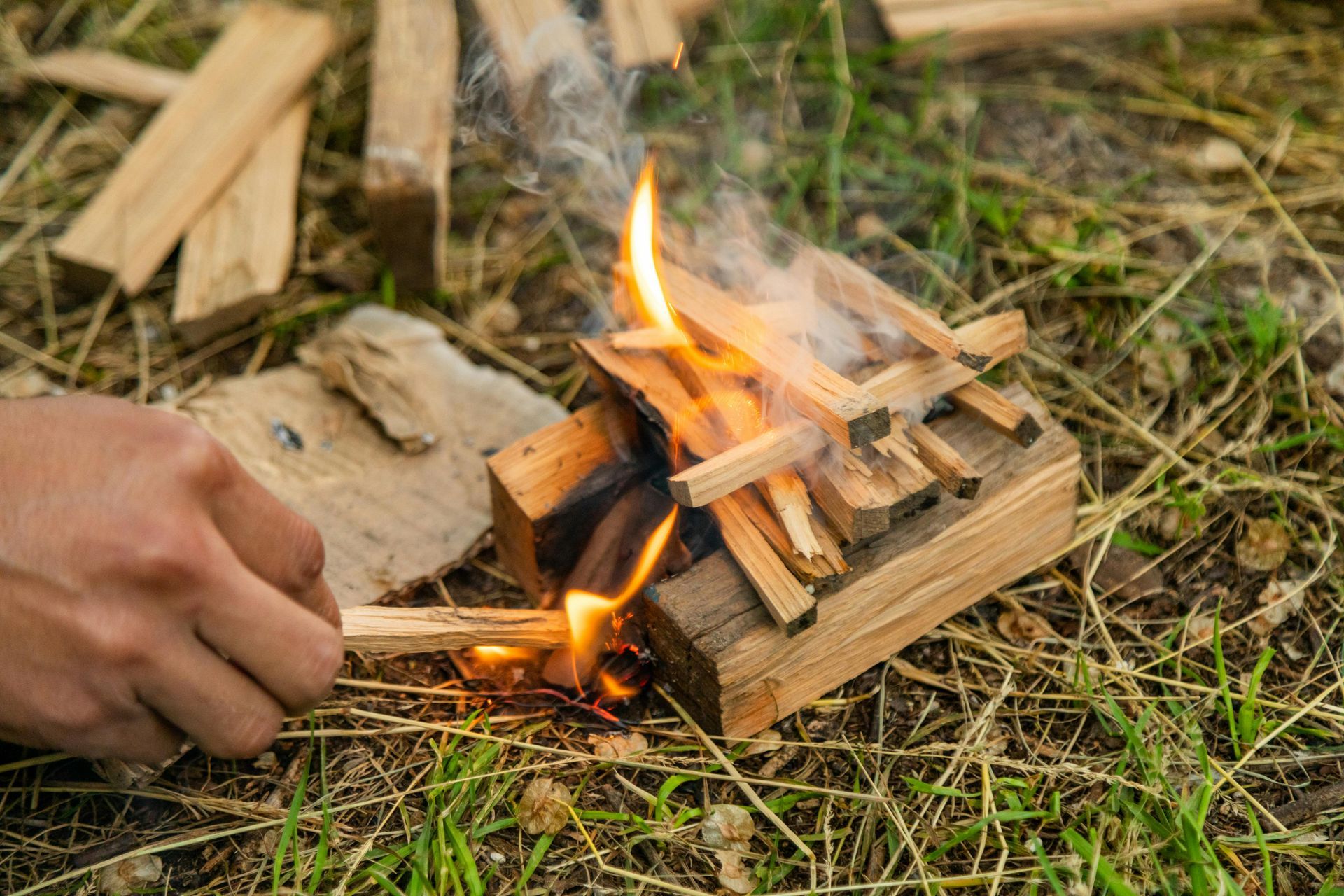
Wood-burning fireplaces add warmth, charm, and ambiance to any home, but they also require proper care and attention to ensure safety and efficiency. In this guide, we'll explore the best practices for maintaining and using wood-burning fireplaces to maximize enjoyment while minimizing risks.
- Choose Quality Firewood: Start with quality firewood that is properly seasoned and free of moisture. Seasoned hardwoods like oak, maple, or birch burn cleaner and produce less creosote buildup than softwoods. Avoid burning treated wood, painted wood, or scraps with glue or chemicals, as they can release harmful toxins.
- Ensure Proper Ventilation: Good airflow is essential for efficient combustion and proper venting of smoke and gases. Keep the damper fully open when lighting and tending the fire, and ensure the chimney flue is clear of obstructions. Regular chimney cleanings and inspections by a certified professional are vital to prevent creosote buildup and chimney fires.
- Build and Maintain a Clean Firebox: Keep the firebox clean and free of ashes, debris, and unburned wood to promote better airflow and prevent excessive heat buildup. Use a fireplace shovel and ash bucket to safely remove ashes after each use, and dispose of them in a metal container stored outside the home.
- Practice Safe Fire Starting: Use proper fire-starting techniques, such as crumpled newspaper or kindling, to ignite the fire gradually. Avoid using accelerants like gasoline or lighter fluid, as they can cause flare-ups and pose significant safety hazards. Consider using natural fire starters made from wood shavings or wax for convenience and reliability.
- Monitor and Maintain the Fire: Once the fire is burning steadily, maintain it at a moderate temperature by adding small amounts of wood as needed. Avoid overloading the firebox with too much wood, as it can lead to excessive heat output and inefficient burning. Use fireplace tools like tongs and pokers to adjust and arrange the logs for optimal airflow and heat distribution.
- Install Carbon Monoxide Detectors: Wood-burning fireplaces can produce carbon monoxide (CO) gas, which is odorless and potentially deadly if inhaled in high concentrations. Install carbon monoxide detectors on every level of your home, especially near sleeping areas, to provide early warning of CO buildup and ensure your family's safety.
- Supervise Children and Pets: Always supervise children and pets around the fireplace to prevent accidents and burns. Use a sturdy fireplace screen or gate to create a barrier between young children and the flames, and teach them about the dangers of playing with fire and hot surfaces.
By following these best practices for wood-burning fireplaces, you can enjoy the warmth and comfort of a crackling fire while maintaining safety and efficiency in your home. Remember to schedule regular chimney inspections and cleanings, practice responsible fire management, and prioritize safety at all times. With proper care and attention, your wood-burning fireplace will continue to be a beloved centerpiece of your home for years to come.











